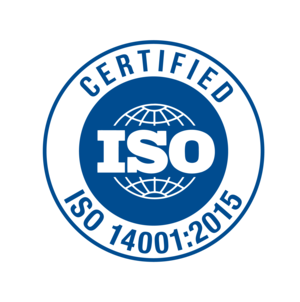Jena Bioscience
Nucleosides, nucleotides and their non-natural analogs, recombinant proteins & protein production systems, reagents for the crystallization of biological macromolecules and tailor-made solutions for molecular biology and biochemistry.
Nucleosides, Nucleotides and their Analogs
Nucleotides
- Natural nucleotides and modified analogs, such as non-hydrolyzable derivatives, nucleotides containing fluorescent groups or halogen atoms and much more
Nucleotide Libraries & Kits
- Libraries of Nucleotide analogs for drug screening and nucleotide kits for a plethora of applications
Nucleosides
- Modified nucleoside analogs (i.e. nucleobase linked to a sugar moiety but lacking the phosphate groups)
Nucleoside Phosphoramidites
- Phosphoramidites used to synthesize oligonucleotides by automated standard protocols
Click chemistry is a chemical paradigm introduced by K. Barry Sharpless in 2001 and describes chemical reactions that generate substances quickly, reliably and in quantitative yield by joining small building blocks under mild conditions. This is inspired by the fact that chemical reactions in nature also generate substances by joining small modular units.
Advantages of click chemistry labeling
- Labeling by simple, efficient reactions
- High labeling yield (nearly quantitative)
- Allows introduction of sensitive labels (mild conditions)
- Highly modular system (combinatorial approach) Orthogonal to conventional methods
- Bioorthogonal reaction (no azides or alkynes in natural systems)
- Labeling of all bases possible (G, A, C, T, U)
- Broad range of marker- and dye-azides available
- Also adaptable to linking beads, microarrays, nanoparticles, peptides etc
Molecular Biology
Real-Time PCR Standard PCR Reverse Transcription in vitro Transcription Ready-to-Use Lyophilisates Primers and Oligonucleotides Buffers and Reagents | DNA Labeling and Modification Cloning and Mutagenesis RNA / DNA Preparation and CleanupDNA Sequencing (Sanger Method) DNA Ladders Protein MW Markers / Gel Staining Restriction/Modifying Enzymes
Eukaryotic Expression System LEXSY
The unicellular kinetoplast protozoan Leishmania tarentolae, isolated from the Moorish gecko Tarentola mauritanica, not pathogenic to mammalians (Biosafety level 1) – was turned into the protein-producing host of our eukaryotic protein expression system LEXSY:
- eukaryotic host as easy to handle as E. coli: no specific labware, no cell biology equipment required
- fully eukaryotic protein expression machinery with post-translational modifications, including glycosylation and disulfide bond formation
- shuttle vectors: cloning in E. coli, expression in LEXSY host
- constitutive or inducible, intracellular or secretory expression of target proteins
- stable expression strains for constant protein production
The ability to purify recombinant proteins using affinity chromatography has greatly advanced protein research. In affinity chromatography, the protein of interest is purified by its ability to bind a specific ligand that is immobilized on a chromatographic bead material (matrix). Crude cell-lysates are incubated with such a matrix under conditions that ensure specific binding of the protein to the immobilized ligand. Other proteins that do not bind the immobilized ligand are washed through. Elution of the bound protein of interest can be achieved by changing the experimental conditions to favour desorption. Jena Bioscience offers both Agarose and Magnetic Beads as matrix for different purification tasks.


